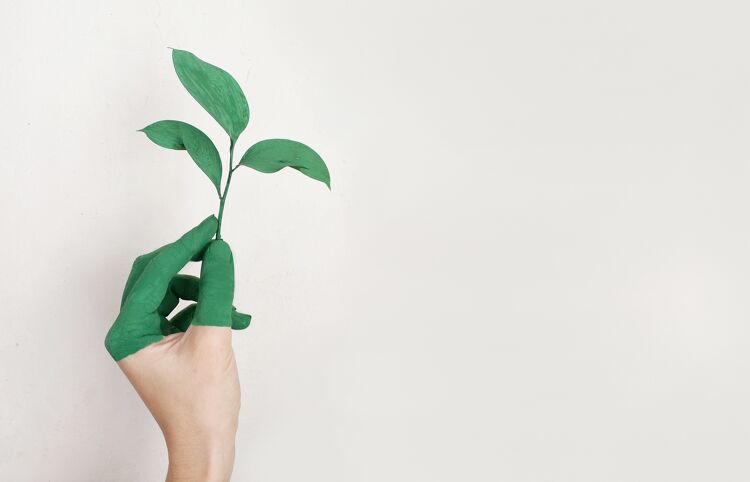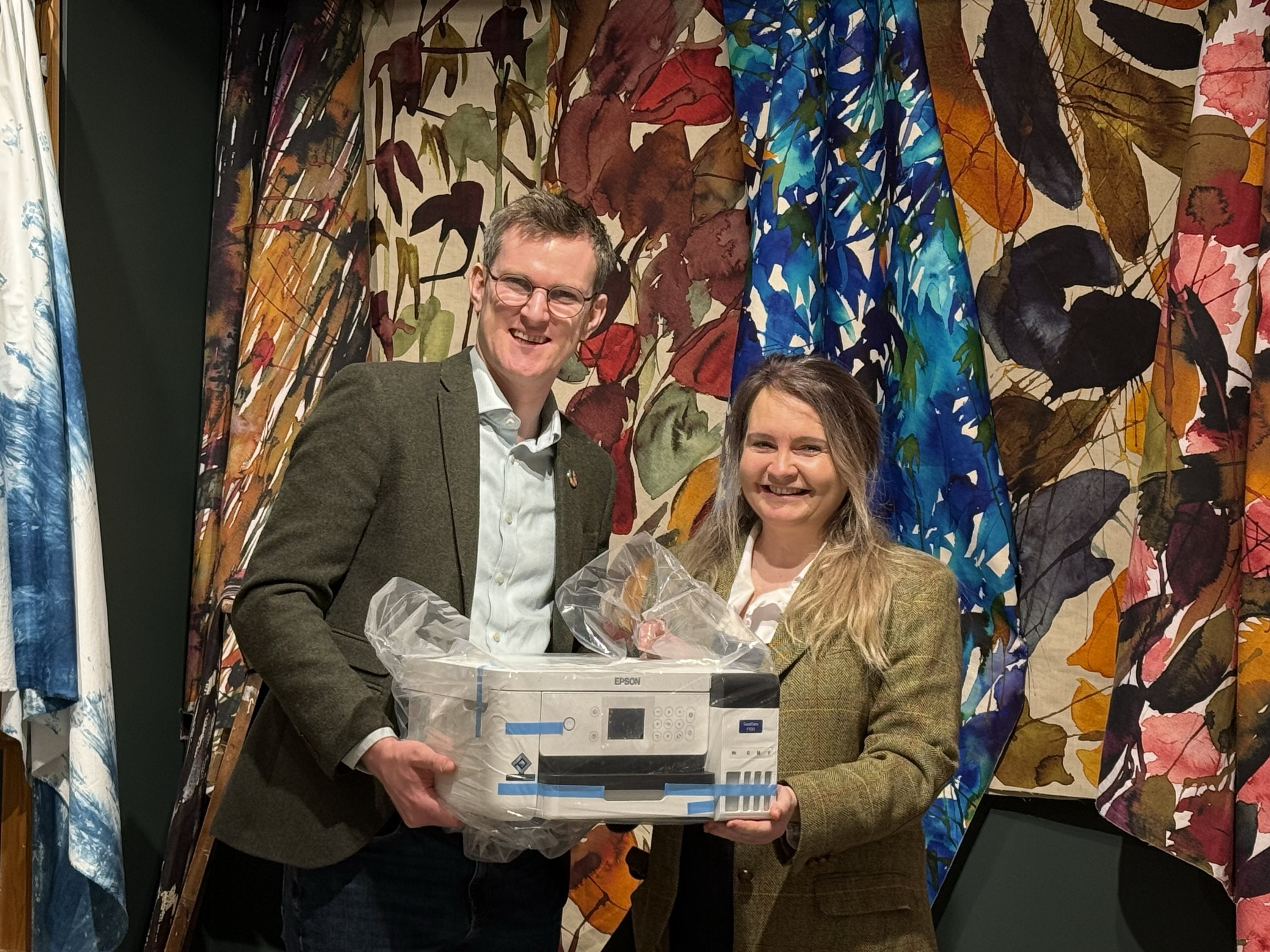ISO 21632 for calculating the energy usage of digital printing devices

Laurel Brunner discusses the significance of the ISO 21632 which will be imminently published this year.
It has a long and clumsy title, however what ISO 21632 can do for the graphics industry has nothing to do with clumsiness. This document focuses on the determination of the energy consumption of digital printing devices including transitional and related modes. It will help make short run digital printing devices (including wide format machines) more environmentally accountable.
ISO 21632 is due to be published soon and has a lot in common with ISO 20690 (graphic technology — determination of the operating power consumption of digital printing devices) which was published earlier this year. Both documents are planned to achieve the same goals, but they are tailored for very different situations. ISO 20690 offers a standard reference for calculating energy consumption as the press is running, based on the kilowatt hours (kWh) required to digitally print 1000 A4 sheets.
ISO 21632 is a standard reference for digital production printing devices used for short run lengths and which uses quite high amounts of transitional energy, including surge power. These operating transitions can make a significant difference to the overall energy profile. The transitions are not considered in ISO 20690.
The main difference between the 2 documents is that one is more suitable for digital presses that are used to produce long runs without multiple operational transitions. The ISO 21632 is designed for digital presses used to produce on demand applications like photobooks, sign and display work and other types of print produced in short runs.
Both documents are important because they provide the tools that allow us to do complete Life Cycle Analysis (LCA) on digital printing devices. LCA is essential to make digital presses environmentally accountable and enables printers, press manufacturers and print buyers a way to evaluate the overall environmental impact of their print related activities.
What we can hope for is that machine manufacturers, print buyers, printing companies and industry associations take a leadership position on the industry’s environmental impact. The worst case scenario would be that print continues to lose to electronic media, despite their lack of sustainability credentials and failure to support the circular economy. Arguments and ways for supporting print’s environmental sustainability are increasingly plentiful. However, unless they are used to make a constructive case for the graphics industry’s sustainability, the slope may be more slippery than we thought.
Topics
Interested in joining our community?
Enquire today about joining your local FESPA Association or FESPA Direct
Recent news

The Rise of B2B in Print-On-Demand: Mastering Personalisation to Drive Growth
Rusty Pepper highlights the B2B shift in Print-On-Demand, focusing on personalisation's role in driving growth. He discusses market differences between Europe and the U.S., challenges in global scaling, and strategies for successful implementation. Experts will share insights at FESPA 2025, covering automation, fulfilment, and market trends.

Navigating the Evolving Landscape of Fashion, Print and Sustainability
In this podcast, Debbie McKeegan and April Holyome – head of Product at the luxury Italian brand 16Arlington discuss the evolving landscape of fashion at the Epson Textile Academy.
.jpg?width=550)
Awarding Talent: Joanne O’Rourke Wins the Epson Eco Stories Textile Challenge and Trip to FESPA 2025
Joanne O'Rourke won the Epson Eco Stories Textile Challenge, receiving an Epson SureColor SC-F100 printer and a trip to FESPA 2025 in May. The award highlights the importance of supporting emerging designers for a sustainable print industry. These "digital natives" drive innovation, sustainability, and technological advancement, crucial for the sector's future.

The importance of Personalisation in Direct Mail - The Power of Print
Jeroen van Druenen, CCO of Jubels discusses how personalised direct mail, especially print, boosts engagement and ROI by tailoring content to individual recipients. Using variable data printing (VDP), marketers create unique designs and offers, enhancing relevance and fostering stronger customer relationships. Physical mail's tangibility and lasting impact further amplify personalisation's effectiveness.